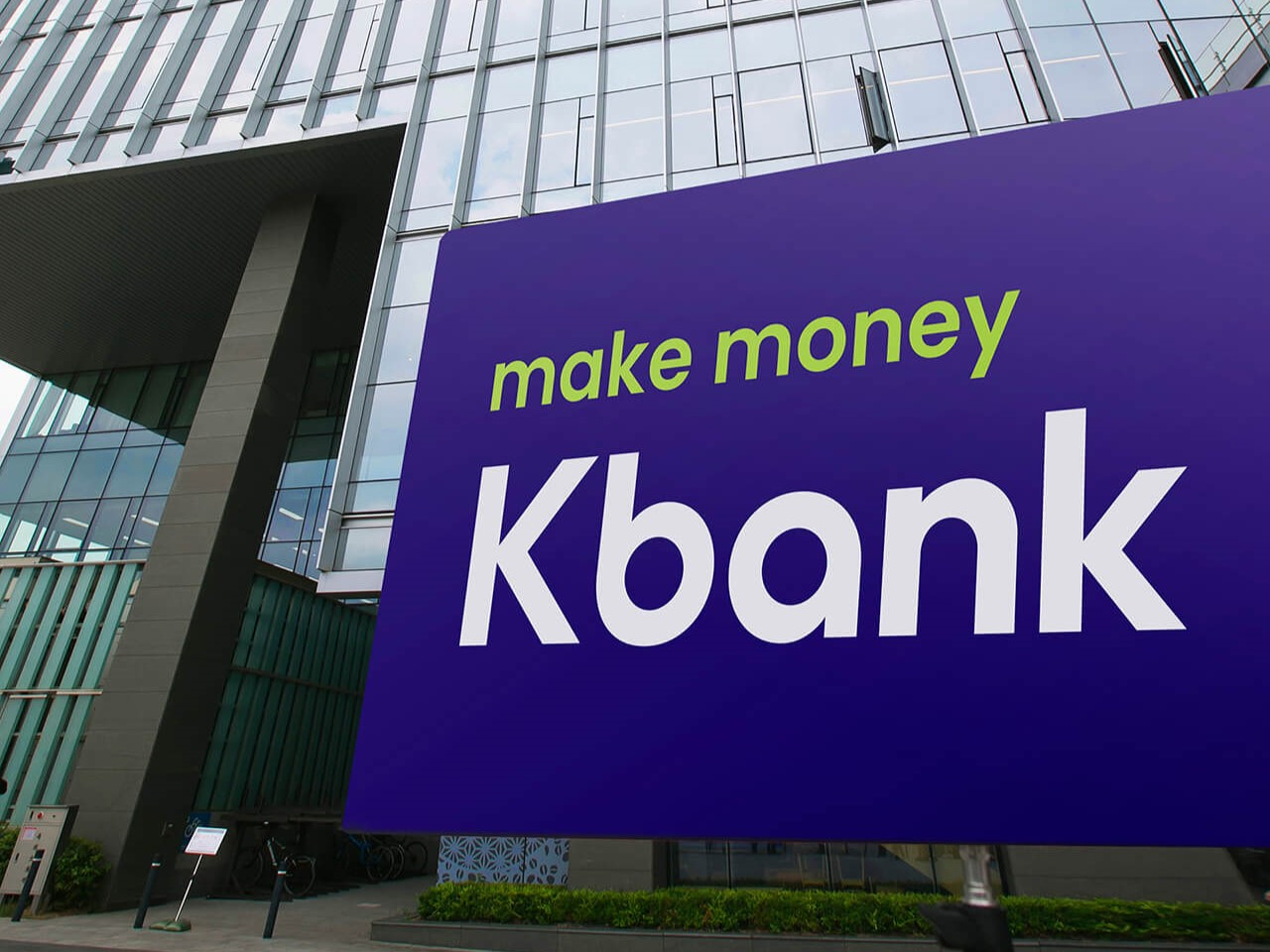Mobile & Internet
Will K bank make W5tr jackpot debut?
 |
K bank's headquarters in central Seoul (K bank) |
Korea's first internet-only bank, K bank, is preparing for its upcoming initial public offering, with demand forecasting kicking off Thursday.
According to its securities registration filing, K bank started a weeklong demand forecast from institutional investors on Thursday. This process allows investors to submit their desired purchase quantities and prices before the public offering, guiding the company in determining the final offering price.
K bank's target price range is set between 9,500 won and 12,000 won ($7.07-$8.93) per share, potentially raising up to 984 billion won through the public offering.
Its estimated post-listing market value is projected to be between 4 trillion won and 5 trillion won, with public subscriptions scheduled for Oct. 21-22 and market listing on Oct. 30.
The outlook for K bank's market debut is largely positive, buoyed by its robust first-half performance. The bank reported a record net profit of 85.4 billion won in the first half of this year, surpassing the previous annual record of 83.6 billion won set in 2022. Deposits and credit balances surged by 25.8 percent and 23.7 percent on-year, reaching 21.85 trillion won and 15.67 trillion won, respectively.
Yet, several concerns remain, including the online lender's weakening profitability.
K bank’s strong first-half performance was primarily driven by a surge in mortgage loans, with the mortgage loan balance reaching 2.3 trillion won, up 61 percent from the end of last year and constituting 30 percent of total lending.
However, recent household lending regulations have sharply curtailed K bank's mortgage growth, pressuring profitability. Net interest income fell 5 percent from the first to the second quarter, and with net interest income comprising 90 percent of the operating profit, such a decline poses a significant risk to the bank's overall earnings.
Relatively low platform engagement is another challenge. With just 4 million monthly active users, K bank lags significantly behind competitors like Kakao Bank and Toss, which each have over 15 million users.
These limitations have raised concerns about potential overvaluation.
K bank based its value assessment on the price-to-book ratios of comparable banking-as-a-service firms, including Kakao Bank, Japan’s SBI Sumishin Net Bank and the US-based Bancorp. BaaS enables financial institutions to offer banking services to non-financial companies, boosting non-interest income.
K bank applied the average PBR of 2.56 from these peers, which surpasses Kakao Bank's 1.62 and is well above KB Financial Group's 0.54 and Shinhan Financial Group's 0.51. While K bank also pursues a BaaS model, its non-interest income remains considerably lower than its competitors, with SBI Sumishin Net Bank generating 54 percent and Bancorp 18 percent.
"Given K bank’s heavy reliance on interest income, it needs a more successful BaaS model to justify its proposed PBR in line with its peers," said LS Securities analyst Jeon Bae-seung, adding that, "considering K bank's 4 million monthly active users, its valuation should realistically be around 2 trillion won."
Nonetheless, with K bank having lowered its target valuation from 8 trillion won during its initial IPO attempt in 2022 and its current over-the-counter valuation hovering around 5 trillion won, industry consensus indicates that a 5 trillion won target is not overly excessive.
Concerns about the overhang issue, stemming from potential oversupply in stocks, have also been raised. K bank is set to float 37.32 percent of its total shares in the IPO, which exceeds the 28 percent average seen in earlier IPOs this year. The two largest market debuts this year — HD Hyundai Marine Solution and game developer Shift Up — each floated only about 13 percent and 17 percent of their total shares, respectively.
"Given the overhang issue, we maintain a cautious outlook on the stock's performance following the listing," Yuanta Securities analyst Ko Gyeong-beom noted.
Meanwhile, the mass sale of existing shares presents a mixed picture. K bank's IPO will include 82 million shares, with 41 million allocated to existing shareholders. Typically, the sale of existing shares by current shareholders can hinder an IPO’s success, as it may signal that the company's valuation has peaked.
About this, a K bank official noted, "Since these shares are primarily from financial investors, with a significant portion subject to mandatory lock-up agreements, this could alleviate potential uncertainty surrounding overhang issues, contributing to long-term stock price stability."
The additional capital boost from the IPO is another significant advantage for K bank. Approximately 725 billion won from financial investors' investments in 2021, which was initially excluded from K bank's capital pending a market listing by July 2026, will be reclassified as capital once the IPO takes place.
Analyst Kim Ji-young from Kyobo Securities anticipated that the market debut will improve K bank’s BIS capital adequacy ratio -- measuring the proportion of a bank’s capital to its risk assets -- by about 7 to 11 percentage points from the current 13.9 percent. "With improved capital adequacy, K bank is well-positioned to expand its lending and pursue new investments, laying the groundwork for long-term growth," Kim emphasized.
By Choi Ji-won (jwc@heraldcorp.com)






![[From the Scene] Gigantic Olive Young store lures young trend-setters in Seongsu](http://res.heraldm.com/phpwas/restmb_idxmake.php?idx=151&simg=/content/image/2024/11/21/20241121050065_0.jpg)

